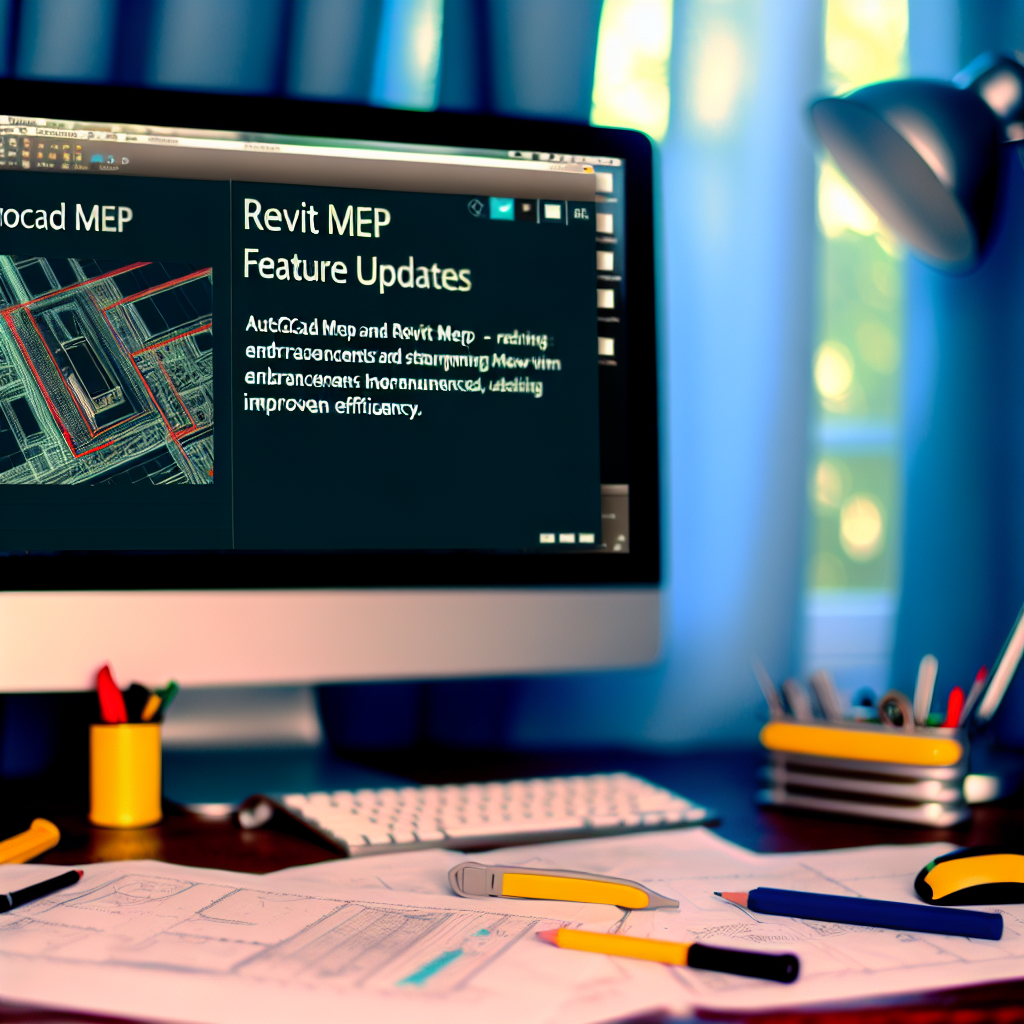Staying up-to-date with the latest features in AutoCAD MEP and Autodesk Revit MEP 2016 is essential for improving efficiency and accuracy in MEP (Mechanical, Electrical, Plumbing) design. This article explores the most recent updates, enhancements, and tools introduced in these software versions, helping professionals leverage new functionalities effectively.
Enhanced Parametric and Modeling Capabilities for Streamlined Design
One of the most significant updates in AutoCAD MEP and Revit MEP 2016 revolves around enhanced parametric modeling tools. These improvements allow MEP engineers and designers to create more complex, accurate, and flexible systems with fewer manual adjustments. For instance, the latest version introduces better dynamic component behavior, enabling components like ducts, pipes, and electrical systems to adapt instantaneously to design changes. This dynamic adaptability reduces errors and saves time during project revisions.
Furthermore, the update emphasizes integrated clash detection, which helps identify conflicts between different systems early in the design process. This feature ensures smoother coordination among disciplines, minimizing costly on-site modifications. Users also benefit from more intuitive editing tools that facilitate quick modifications without compromising existing system integrity, thus improving overall productivity.
These improvements stem from an increased focus on automation and intelligent design elements, allowing professionals to produce highly detailed models that can seamlessly integrate into broader project workflows. The result is a significant reduction in manual input, leading to faster project completion and greater accuracy.
Improved Collaboration and Data Management for Greater Efficiency
Another key focus of the updates in AutoCAD MEP and Revit MEP 2016 is enhancing collaboration across project teams and streamlining data management. The software now offers robust cloud-based collaboration tools, allowing multiple stakeholders to access, review, and edit models simultaneously in real time. This integration fosters better communication between architects, engineers, and contractors, reducing misinterpretations and ensuring everyone is aligned.
Moreover, the latest versions introduce advanced file version control and project sharing functionalities, making it easier to track changes and maintain data consistency throughout the project lifecycle. The improved interoperability with other Autodesk products also means that data can flow smoothly into different disciplines’ workflows, ensuring that updates in one area are automatically reflected across all related models.
On top of this, Autodesk has incorporated more powerful data management tools that enable users to generate detailed reports and analytics, further enhancing decision-making. These features empower users to identify potential issues proactively, optimize resource allocation, and improve overall project efficiency.
Conclusion
In summary, the new features introduced in AutoCAD MEP and Revit MEP 2016 significantly enhance parametric modeling, clash detection, and collaboration. These updates reduce manual effort, increase model accuracy, and facilitate better coordination among project teams. Staying informed about these advancements allows professionals to leverage the latest tools for more efficient and precise MEP design workflows, leading to successful project outcomes.
